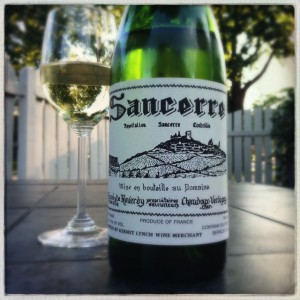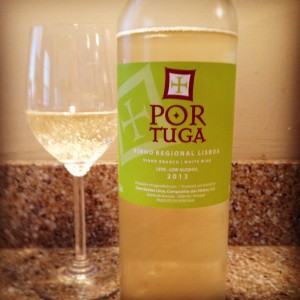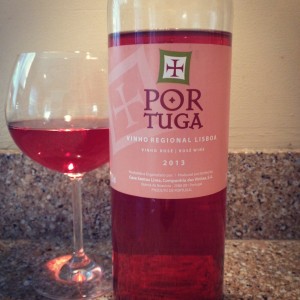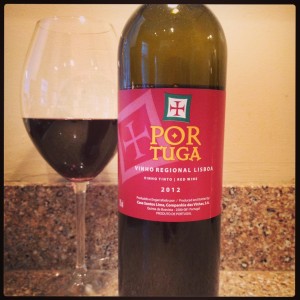Cost: Average price $17 (on sale $12.99)
Where buy now: Sorella Wines, Surdyk’s
Grapes: Sangiovese
Region: Tuscany, Italy
Vintage: 2010 & 2011
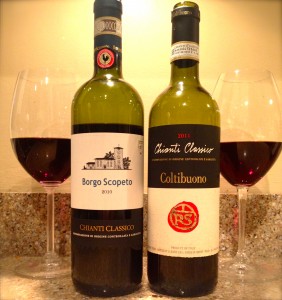
I love me some Chianti. I don’t care what it’s like outside, inside, in my head or in my bed. I.Love.It. Today, I’ll tell you a tale of two Chiantis (both “Classicos”). Just when you think you’re getting the hang of this Italian wine thing, little nuances pop up. What’s the difference between plain old Chianti and Chianti Classico?
Brass tacks
Italy: a country in Europe.
Tuscany: a region in Italy.
Chianti: a region in Tuscany.
Chianti Classico: a subregion of Chianti
Deep Cuts
Italy: a country full of beautiful people, places and things [food].
Tuscany: romantic sunsets with the redolence of Cyprus , often associated with rolling hills, wine and olive production.
Chianti: wine that is made with a minimum of 75% Sangiovese grapes. (Note that blending white grapes with Sangiovese grapes is permissible.)
Chianti Classico: wine that is, at minimum, 80% Sangiovese grapes blended only with other red grapes. In addition, Chianti Classico rests in oak barrels for a minimum of 12 months. You will also see a black rooster seal on bottles of Chianti Classico. This is known as Consorzio Chianti Classico, a group of winemakers whom want to uphold the quality of their wines and their region.
Let me introduce you two a couple Chianti Classicos I love and are under $15 (on sale, at least).
Borgo Scopeto Chianti Classico (2010) – Blend: 90% Sangiovese, 5% Merlot, 5% Colorino.
Badia a Coltibuono Chianti Classico (2011) – Sangiovese.
Both of these wines exhibit that typical red ruby hue. Gun to my head, I’d say Badia a Coltibuono was a touch deeper in color.
Borgo Scopeto needed to open up about 15 minutes and it exhibited more of a blackberry jam fragrance. It also tastes of dark berries (with less of that earthy layer) and is chewier- definitely more “cat tongue” going on than the Coltibuono. This Chianti was a touch thinner in texture and excited the sides of my tongue. The finish was decent, but dissipates quicker than the Coltibuono.
Coltibuono fragrance was blackberry fruit with a layer of earth, both of which are evident in it’s taste as well. It boasts deep, rich flavors and layers that went swimmingly with our freshly grilled New York strip. This wine excited all areas of my tongue and has a nice, lingering finish.
Take the “Pepsi Challenge” and decide for yourself. Perhaps you’ll find a fave or find each of them pleasing. Regardless the challenge, make sure you have some nice aged Parmigiano Reggiano or Asiago. If you want to veer away from Italian cheeses (blasphemy!) most any hard cheese with some crystallization will do. (Just go see Certified Cheese Professional, Liz, at the Northeast Lunds.)
Other yummy pairing morsels include: roasted veggies (I love roasted cauliflower), grilled steak, lambchops (PS- Costco’s lambchops rule with some salt, pepper and a lil’ Rosemary), lasagna, cannelloni, ravioli, manicotti, eggplant parmesan, any red sauce smothered item, chili, pork roast and hamburgers. A while back, I ate bánh mì with Jason Kallsen’s Twin Cities Wine. Here he is schooling me about the Chianti Classico region.

This is the best part of Chianti: it doesn’t require “fancy”. This is a wine you can dress up or dress down. Walk to your nearest gas station (who are you kidding, you’ll drive), pick up a Heggies “6 pack” pizza and pair away.
What is Heggies? Read Chris Clayton’s Twin Cities Business article.
As a wise man once said, “If it’s good to you, it’s good for you”.
